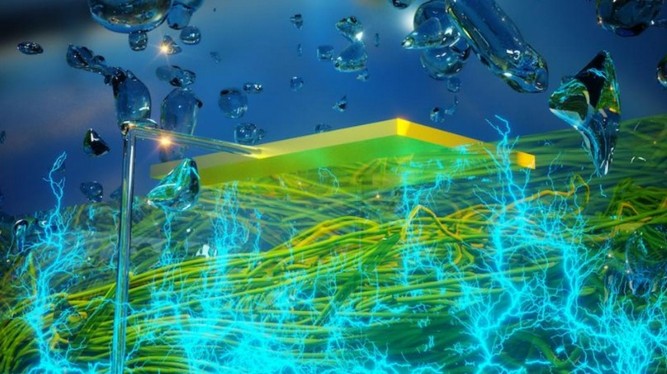Strange But True; Scientists Have Found A New Way To Generate Electricity From The Air!
A Group Of American Scientists Has Achieved An Incredible Success And Created A Device That Can Generate Electricity From Air Humidity.
This small device has an area the size of a coin, and its thickness equals a strand of hair. Read more details about the device for generating electricity from the air in the rest of this article from Hardware City.
According to Slashdot, a team of engineers from the University of Massachusetts generates clean electricity from thin air.
Almost any material can be turned into a device that continuously harvests electricity from moisture in the air, according to researchers at the university.
To do this, filling the material with nanopores with a diameter of less than 100 nm must be possible.

Scientists’ new method to generate electricity from the air
In this article, it is explained that air humidity is a vast and stable reservoir of energy that, unlike the sun and wind, is continuously available; But until now, exploring the energy potential of air has been a complex process.
But this power generation device has a thin material layer with holes smaller than 100 nm. Since these holes are tiny, when water molecules pass through them, they collide with the edges of the pores and create an electric charge. So we can say that we are witnessing a small-scale storm that produces electricity.
Moisture is constantly present in the air, which means that the device in question can theoretically work 24 hours a day in any condition. The prototype of this device is tiny and, therefore, can only generate the energy required for a light point on a large screen.
But scientists say these devices can be stacked. As a result, about 1 billion of these energy generators should be put together, the size of which will equal a refrigerator and can produce about one kilowatt of electricity. Of course, we have a long way to go before this technology’s defects and commercialization.











